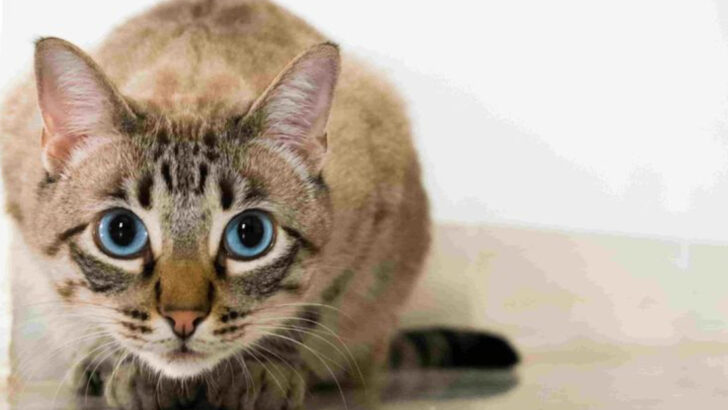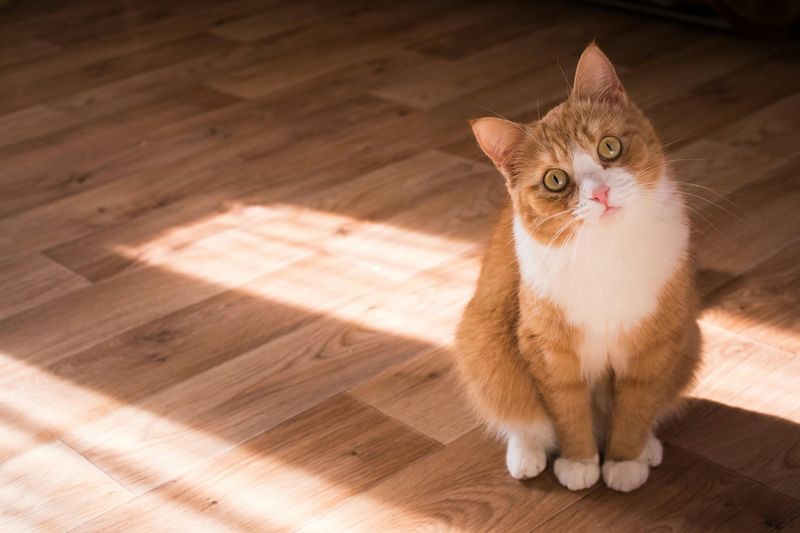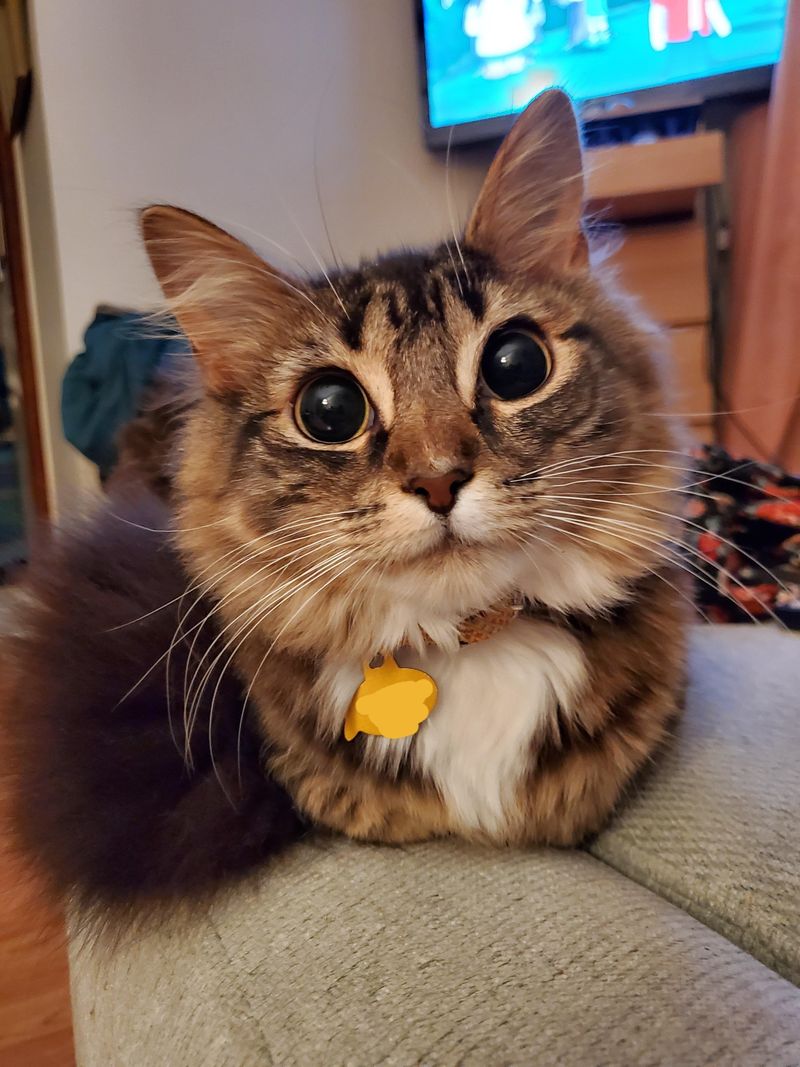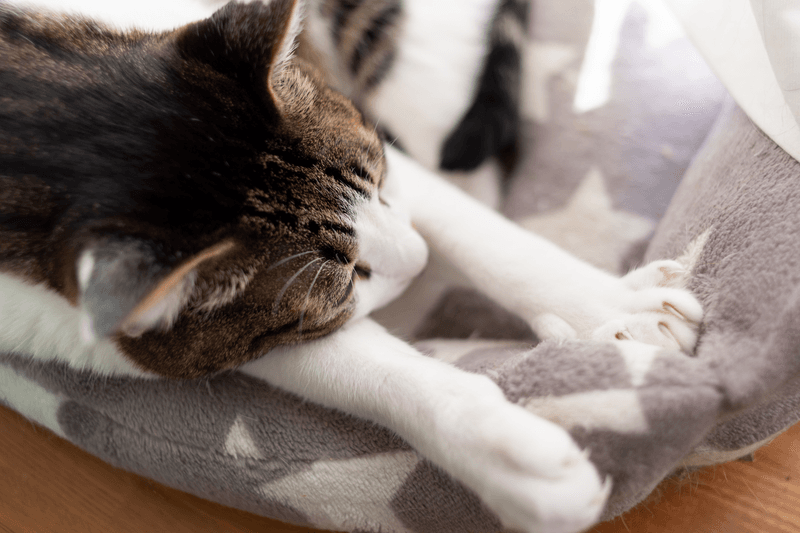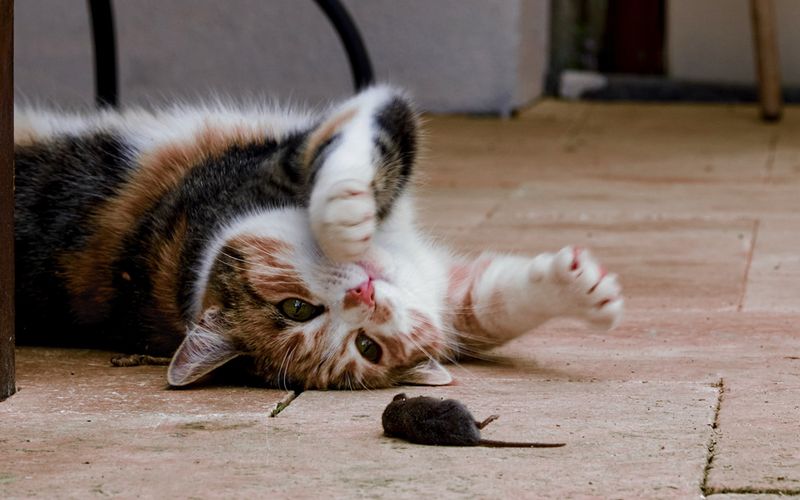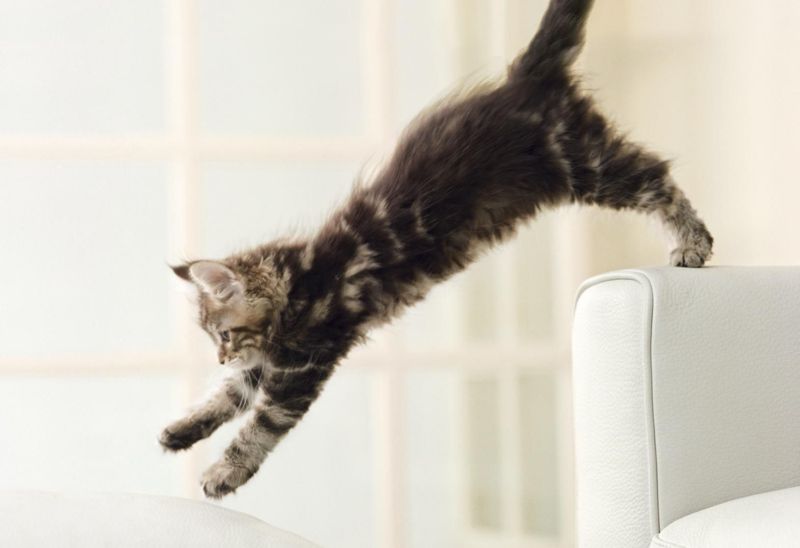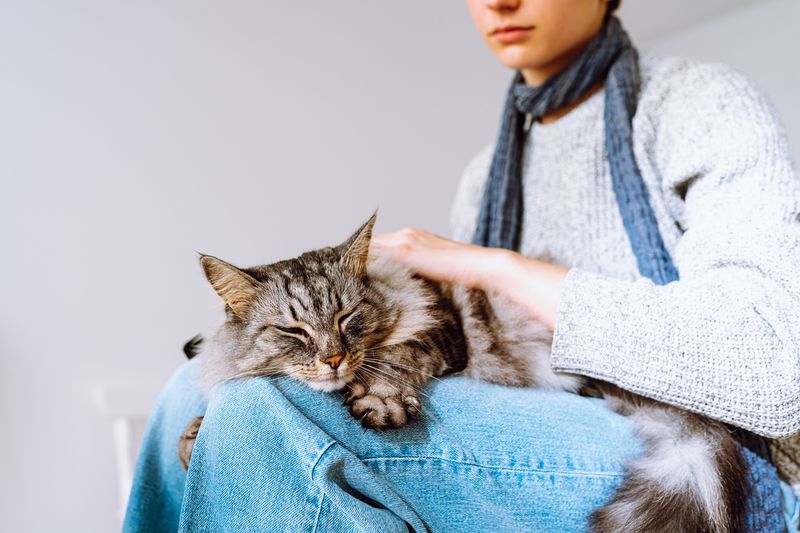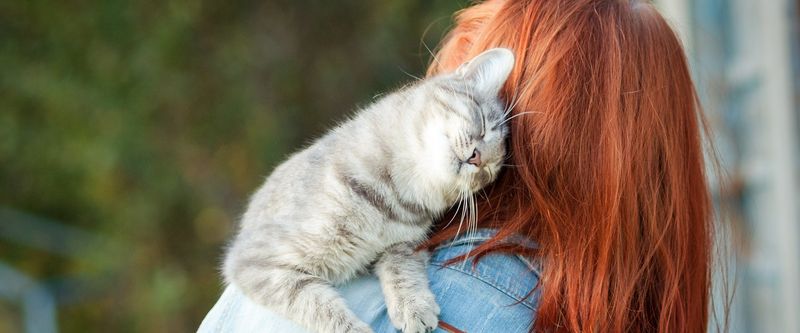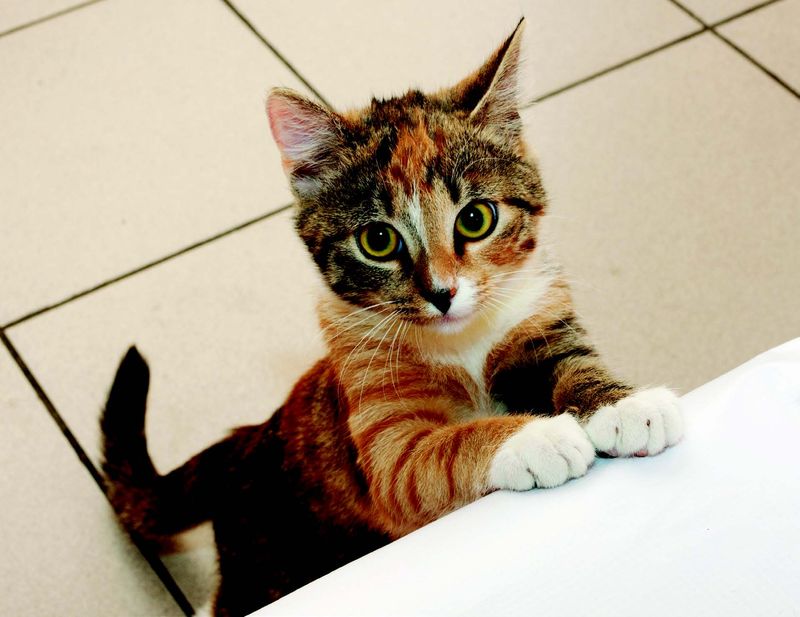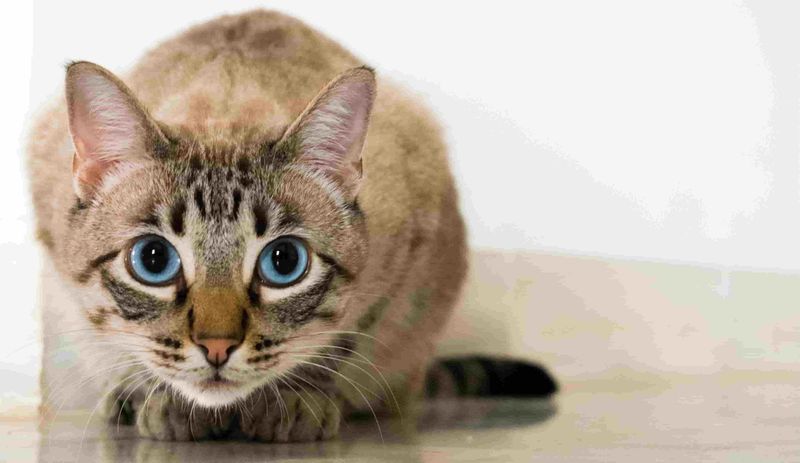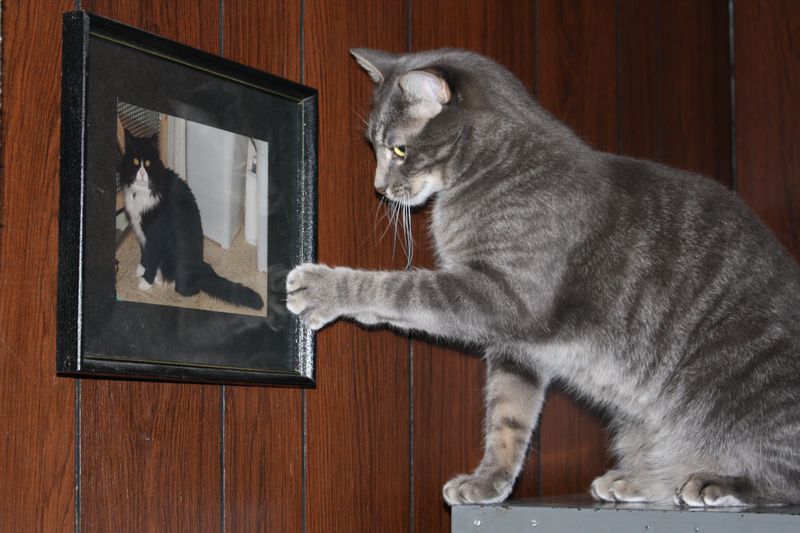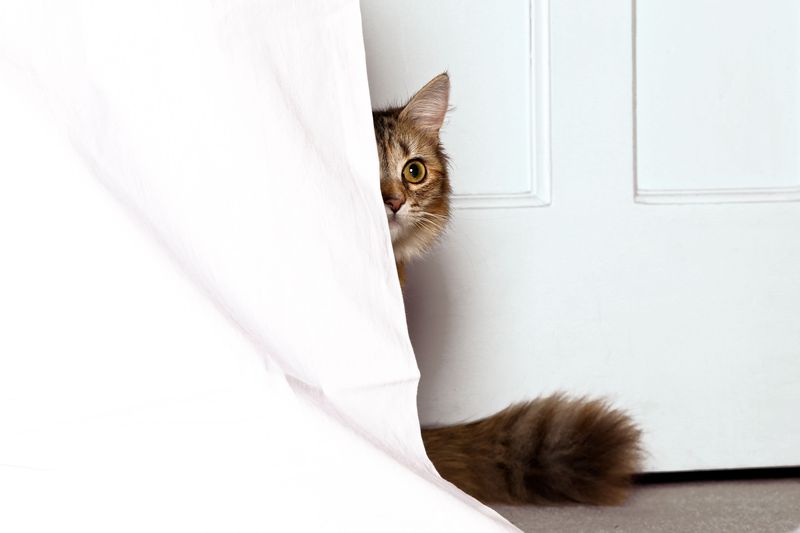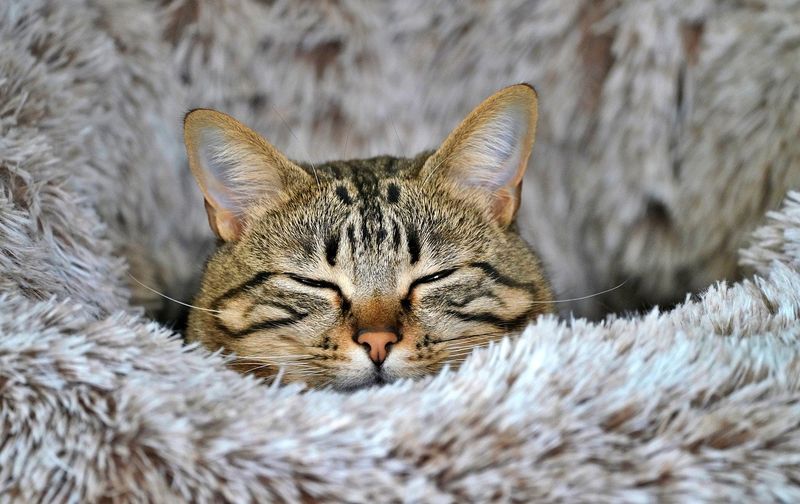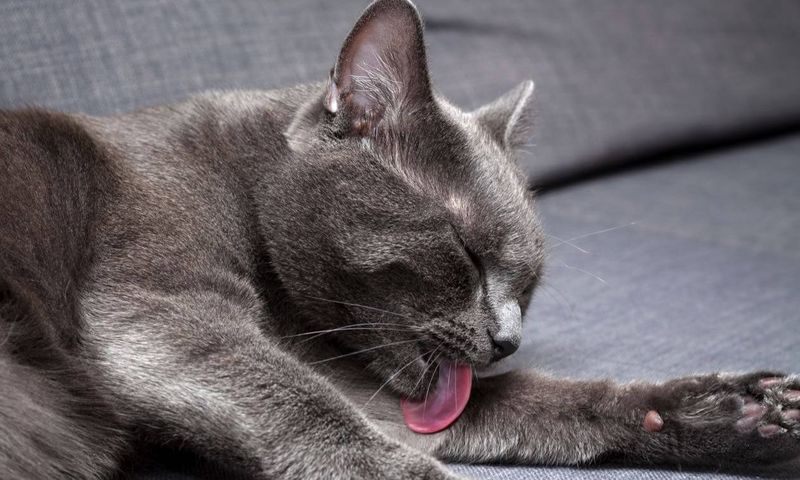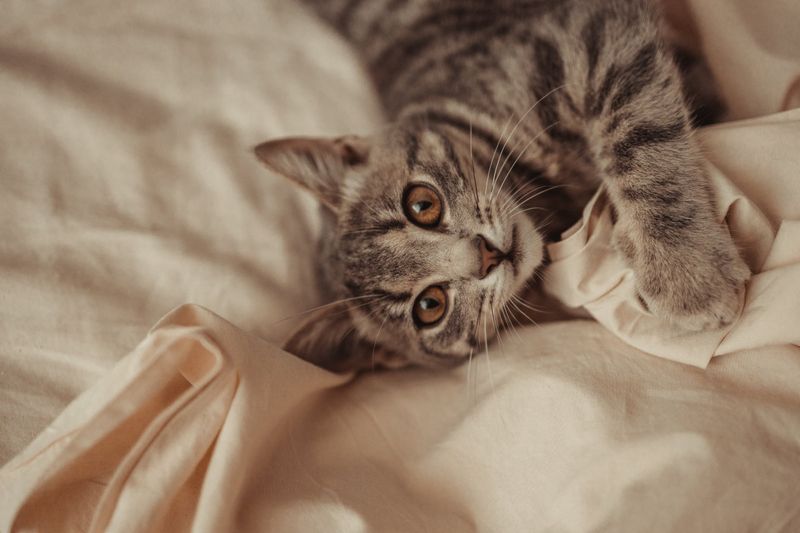Cats are truly captivating animals, each one displaying unique and sometimes puzzling behaviors. From their quirky actions to their often unexpected responses, their behavior can leave even the most seasoned cat owners wondering what’s going on in their minds. Understanding these peculiar habits can lead to a stronger bond and a more harmonious relationship with your furry companion.
While many of their actions seem strange, there is often a deeper explanation behind them. Whether it’s a sudden burst of energy or a peculiar way of showing affection, these behaviors can reveal important clues about a cat’s emotional and physical well-being. Recognizing the causes of these behaviors can help create a more comfortable and enriched environment for your cat.
Knowing why a cat acts the way it does can also provide valuable insights into its personality and needs. By observing and interpreting these habits, owners can respond in ways that are both supportive and enriching for their feline friends. Understanding your cat’s actions can lead to better communication and a deeper connection with your pet.
1. Midnight Zoomies
Cats are known for their sudden bursts of energy, especially at night. These ‘zoomies’ can be a way to release pent-up energy from a day of lounging. Imagine a small furry missile darting through the house, zigzagging around furniture.
It’s believed this behavior is rooted in their wild ancestry, where night-time was prime hunting time. If your kitty’s zoomies are waking you, more playtime during the day might help. Introducing engaging toys can provide a good outlet. This behavior is usually harmless and just another of your kitty’s quirks to enjoy!
2. Intense Staring
Ever catch your cat staring at you or a random spot on the wall? This intense focus is a natural feline trait, often tied to their hunting instincts. Cats are crepuscular, meaning they are most active during dawn and dusk, times best suited for stalking prey.
Staring helps them gather more information about their environment. If a stare is aimed at you, it might mean they are seeking attention or trying to read your emotions. Offering a toy can divert their focus if the staring gets too unsettling. It’s all part of their enigmatic charm.
3. Constant Kneading
Kneading, often called ‘making biscuits,’ is a common behavior where cats rhythmically push their paws against soft surfaces. This action is soothing to them, reminiscent of nursing as kittens to stimulate milk flow from their mothers.
It can also indicate contentment and a sign they are marking their territory with scent glands in their paws. While it’s adorable, those claws might need trimming to save your favorite blanket. Providing a designated kneading blanket can keep both your kitty and household items safe. Enjoy this sweet, nostalgic quirk while it lasts!
4. Twitching Tail
A cat’s tail is a window into its emotions. Twitching can signal excitement, irritation, or concentration. If your cat’s tail is twitching while watching birds through a window, it’s likely excitement.
However, if it’s twitching while you’re petting them, they might be overstimulated. Knowing when to stop petting can prevent a nip. Understanding tail language enhances your rapport with your feline friend, providing insights into their mood. It’s a fascinating form of communication that, once understood, can strengthen the bond between you and your kitty.
5. Dead Animal Gifts
Finding a dead animal gift at your doorstep isn’t everyone’s idea of a present, but for cats, it’s an expression of love or a teaching moment. In the wild, they bring prey to their young, and domestic cats sometimes pass this behavior on to their human families.
While it can be unsettling, it’s a sign they view you as part of their family. Respond by gently thanking them and discreetly disposing of the ‘gift.’ Encouraging indoor play with toys can channel hunting instincts without the surprise presents.
6. Sudden Pouncing
Seeing a cat suddenly pounce can be both startling and amusing. This behavior mimics hunting techniques used in the wild, where stealth and surprise are crucial for catching prey.
Domesticated cats retain this instinct, practicing their skills on toys or shadows. If your cat pounces on you, it might be a call for play or attention. Providing a variety of interactive toys can satisfy this urge. Understanding this behavior helps in creating engaging playtime sessions that mimic natural hunting scenarios, keeping your kitty active and satisfied.
7. Lap Sitting
When a cat chooses your lap, it’s a sign of affection and trust. Cats seek warmth and comfort, and your lap provides the perfect cozy spot. This behavior can also be a way for them to mark you with their scent, claiming you as part of their territory.
While some cats are natural lap sitters, others might take time to warm up. Respecting their space encourages more frequent visits. Enjoy these moments as they symbolize a special bond between you and your feline companion. It’s a genuine sign of love and acceptance.
8. Head Butting
Head butting or ‘bunting’ is a cat’s way of showing affection. This behavior deposits scent from glands located on their heads, marking you as part of their territory and signaling trust.
It’s a friendly gesture, akin to a human hug. When your cat head-butts you, it’s their way of saying ‘you’re mine.’ Responding with gentle petting can reinforce this bond. Appreciate this delightful greeting, as it’s a kitty’s heartfelt form of connection and communication.
9. Food Obsession
Some cats develop a strong obsession with food, always seeming hungry or begging for more. This can be attributed to their natural survival instincts, ensuring they don’t miss a meal.
However, it can also indicate a dietary issue or health concern like hyperthyroidism. Regular vet check-ups ensure their nutritional needs are met. Implementing scheduled feeding times with measured portions can regulate this behavior. If your kitty’s food obsession seems excessive, consulting a vet can help rule out medical causes, ensuring they thrive without unnecessary weight gain.
10. Crouching Stance
When a cat assumes a crouching stance, it’s often a sign of playfulness or alertness. This position allows them to spring into action, whether it’s playtime or stalking prey.
Crouching can also indicate wariness, assessing a situation before engaging. Observing this behavior helps you understand your cat’s current mood. Providing toys that mimic prey can satisfy their instinctual needs. Recognizing these cues enables you to respond appropriately, fostering a harmonious environment where your kitty feels understood and engaged.
11. Pawing at Objects
With their natural curiosity, cats use pawing to discover their environment. It’s a behavior driven by both playfulness and a need to investigate different textures, sounds, and motions.
It’s a behavior rooted in their hunting instincts, swatting at potential prey to assess its viability. Providing a variety of toys and interactive play sessions satisfies this curiosity. Understanding this behavior enriches their environment, offering mental stimulation and preventing boredom. It’s all part of their inquisitive and playful nature.
12. Hiding Behavior
When cats hide, it usually means they need space or are feeling stressed. This natural response provides them with a sense of security, mirroring how they would evade predators in the wild.
If your cat hides frequently, it might be reacting to changes in its environment or feeling unwell. Ensuring they have safe, quiet spaces to retreat to is essential. Regular vet visits can rule out health issues. Respecting their need for solitude fosters trust and helps them feel secure in their home environment.
13. Excessive Purring
While purring usually signals contentment, excessive purring can indicate other emotions. Cats may purr when they’re in pain or feeling stressed, using the vibrations to calm themselves.
If your cat purrs excessively and shows other signs of distress, it might be time for a vet visit. Understanding the context of their purring helps in interpreting their needs. Creating a comforting environment with soft bedding and gentle interactions can promote positive purring experiences. It’s a versatile behavior that requires attentive observation.
14. Over-Licking
Grooming is a natural activity for cats, but over-licking can indicate stress or skin issues. This behavior might be a coping mechanism for anxiety or an attempt to alleviate discomfort from fleas or allergies.
Identifying the underlying cause is crucial, as excessive grooming can lead to bald spots or skin infections. Consulting with a vet ensures appropriate treatment. Providing enrichment activities can distract from compulsive behavior, promoting a healthier lifestyle. Observing changes in grooming habits is key to maintaining their well-being and happiness.
15. Early Morning Wake-Up
Many cat owners experience early morning wake-ups, thanks to their feline friends. Cats are naturally active during dawn and dusk, aligning with their hunting instincts.
This behavior might be their way of seeking breakfast or attention. To manage these wake-up calls, establish a feeding schedule that doesn’t reward early risers. Engaging them in evening play sessions can tire them out, promoting longer sleep. Understanding their natural rhythms helps in finding solutions that suit both your needs and theirs. It’s a balance of patience and adaptation.
